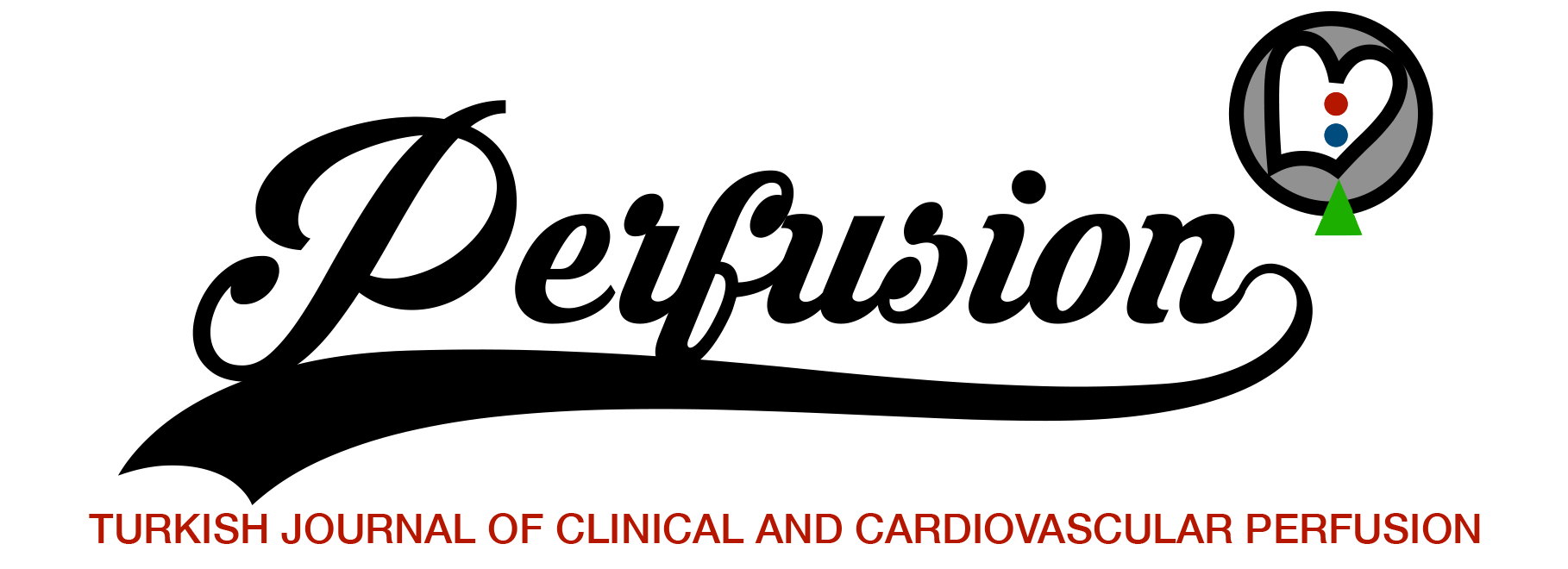Abstract
Objective
It is important that cardiovascular perfusionists receive adequate training to acquire both basic theoretical knowledge and practical clinical skills. This study was conducted to determine the educational needs of perfusionists in Türkiye.
Materials and Methods
Data were collected through a questionnaire survey conducted with perfusionists throughout Türkiye and analyzed according to their educational needs, professional experience and the type of institution they work in. The questionnaire consisted of multiple-choice and open-ended questions, and statistical analysis of the questionnaire was performed using SPSS 27.0 program. In this descriptive study, categorical data were presented using frequencies and percentages.
Results
It was found that 25.3% of the participants worked in a training and research hospital, 23.4% in a state university hospital and 16.9% in a private hospital. As the experience in the profession increased, so did the desire to stay in the clinic and the tendency to make presentations at meetings. It was determined that in-clinic trainings were mostly not organized and such organization was especially lower in private hospitals. Many participants found professional training materials to be inadequate, and this inadequacy was especially pronounced among those working between 0-5 years in the profession. The areas with the highest need for training were determined as the following minimal invasive extracorporeal circulation, pediatric perfusion, heart transplantation, ventricular assist device, extracorporeal membrane oxygenation, and scientific research techniques, respectively. Participants reported that the biggest barriers to participation in congresses and meetings were lack of sponsors and insufficient personnel in their institutions.
Conclusion
The educational needs of perfusionists in Türkiye were determined and specific areas were identified to address these needs. Courses, congresses, and web-based training are recommended for the effectiveness of educational activities. Regularization of in-house training and increasing perfusionists’ access to educational materials are critical for professional development.



